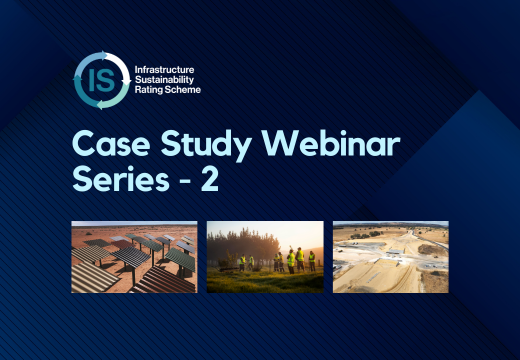Case Study Webinar Series | Tonkin Highway Gap Project & Te Ara Tupua
Join our upcoming webinar and hear from the following project teams: Tonkin Highway Gap Project & Te Ara Tupua.
Tonkin Highway Gap Project:
The Tonkin Gap Alliance has been delivering the design and construction of the Tonkin Gap Project and Associated Works since June 2020, with construction close to completion. The team were proud to achieve a Gold IS Design rating under V2.0, having adopted a hybrid V2.0/V2.1 approach. This presentation will dive into some of the innovation highlights, with the team having achieved 4 verified Australian First’s. We will touch on how our governance processes were the driver for these outcomes, the engagement required and how we went about implementation.
Te Ara Tupua Project:
Te Ara Tupua is the project to create a walking and cycling link and improve transport resilience between Wellington and Lower Hutt in the North Island of New Zealand. It will deliver a safe, connected, and resilient route, enabling more people to walk or bike, and connect with local paths.
The Ngā Ūranga ki Pito-One Project comprises a 4.5 km shared (pedestrian/cycling) pathway between Ngā Ūranga (Ngauranga) and Pito-One (Petone). The project will be located on the seaward side of State Highway 2 and the Hutt Valley railway corridor.
Te Ara Tupua Ngā Ūranga ki Pito-One has developed innovation in the use of breakwater armour units (Xbloc®), which are being designed to enhance their aesthetic appeal, cultural significance, and ecological support. This project is pioneering the use of XblocPlus units in Australasia, offering benefits such as reduced greenhouse gas emissions and improved habitat creation. The design integrates ecological requirements with cultural narratives and undergoes iterative adjustments to align with landscape aesthetics and natural character. Additionally, thorough testing ensures stability, performance, and resilience to seismic events.

